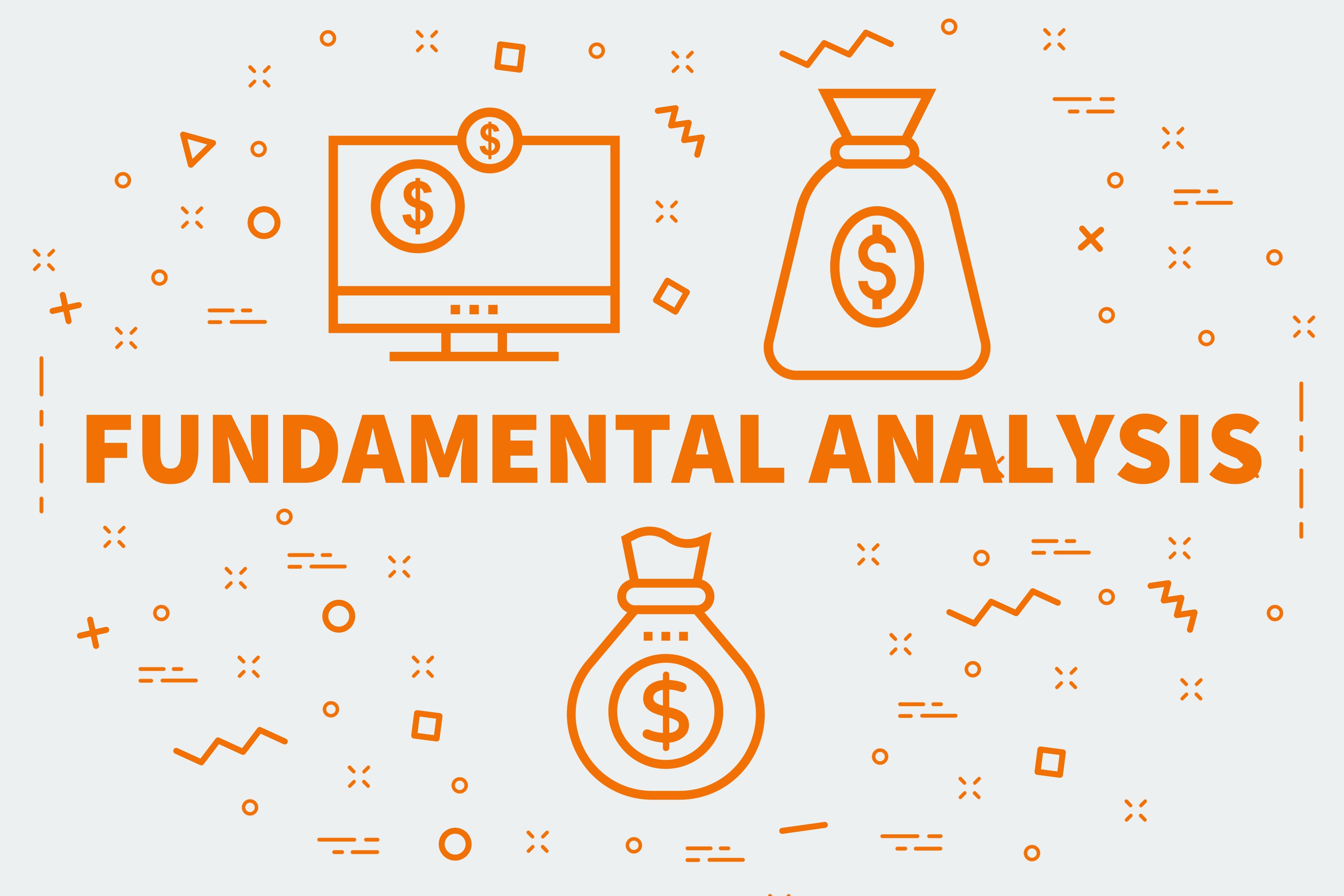Introduction to fundamental analysis
The type of analysis we choose for currency pairs (and not only for currency pairs) is largely a reflection of the type of investor we are. In fact, there is a correlation that the longer the investment horizon we choose, the more of an ally fundamental analysis we are.
Despite this, shouldn't medium-term and short-term traders be too concerned about their ignorance of economic factors? As practice shows, fundamental analysis can be used successfully by day traders. It is a form of preparation for trading.
Admittedly, such a trader does not need to know in detail the exact economic models or know the complete projections of the last Fed meeting. However, he can look at how macroeconomic events affect his trading. Does the news/message trade affect his statistics negatively or positively. With this information, the preparation element on day trading (even if only reviewing the calendar for events) is behind us.

Fundamental analysis tools enable traders to understand the true value of an instrument and forecast its future price movements. The key tools used in fundamental analysis are outlined below.
1. Financial reports - stock market
Financial reports are an essential fundamental analysis tool, providing information on the financial health of a company. Among the key documents are the balance sheet, income statement and cash flow. Analysis of these reports allows investors to assess a company's profitability, debt and financial stability.
2. Financial ratios - Stock market
Financial ratios are specific numerical values calculated from the data contained in financial reports. Examples are profitability, debt, liquidity or efficiency ratios. Investors use these ratios to compare companies within an industry, identify trends and assess a company's overall financial health.
3. Income and Earnings Analysis - Stock Market
Revenue and earnings analysis focuses on the revenue generated by a company and its net profits. This tool allows you to understand where most of the revenue is coming from, whether it is stable and forecastable, and what proportion of revenue the company is converting into profits.
4. Macroeconomic Analysis - mainly Forex
Macroeconomic analysis examines broad economic factors such as inflation, unemployment, interest rates or fiscal policy. These factors can affect financial markets and the value of investment instruments.
Which data to choose?
Let's start with the fact that there are really a lot of participants in the foreign exchange market. Several trillion dollars are exchanged every day. Traders are often inundated with information coming from various agencies, institutes, portals, blogs or reports from colleagues at the next desk.
It is extremely difficult, especially at the beginning of a trader's career, to filter out the relevant information. The challenge is to turn them into trading signals or to assess their direct impact on a given currency pair. What can be done to avoid focusing solely on looking for missed opportunities from the news? Is there good advice or a ready-made solution for this?
One way to answer this question would be to say that it is experience.
The second way (if we don't already have too much of the former) is to use news filters. Daily digging through piles of information that are completely unrelated to our investment will not make the slightest sense.
In practically all calendars, we can apply filters for date, country and market impact of a given macro event. Check on your statistics and in your trading log whether news trading is having a positive effect on your positions. If you do not have such data, enter a journal in your trading where you will be able to flag such information.